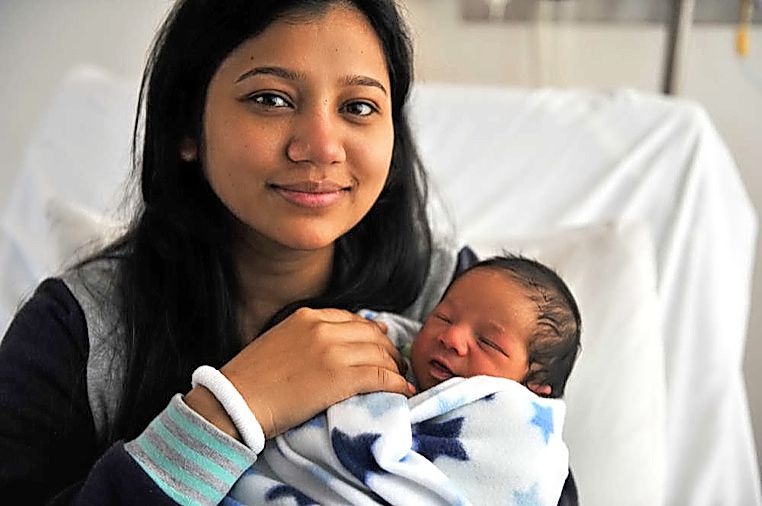The number of homes in Whittlesea is set to soar over the next 15 years as the municipality gains an estimated 110,000 more residents.
The state government’s Victoria in Future report predicts that by 2031, there will be 108,000 households in Whittlesea, up from 69,000 this year.
It is expected that about half of the 39,000 new houses will be built in the city’s growth suburbs.
The report is also anticipating a surge in Whittlesea’s population – to 314,000 people – and predicts it will have one of the largest population increases in the state.
Wyndham is expected to be Victoria’s fastest-growing municipality in the 15-year projection, followed by Casey and Melton.
The predictions coincide with Northern Health reporting that Melbourne’s northern suburbs are in the midst of a baby boom.
Northern Health’s Epping hospital welcomed 3589 babies in the year to June 30, up from 3420 in the previous 12 months.
June was the hospital’s busiest month, with 329 babies delivered.
The number of babies born at the hospital has skyrocketed in the past six years, increasing 52 per cent from 2352 births in 2010-11.
Northern Health chief executive Siva Sivarajah said the hospital was overseeing delivery of an average 68 babies a week.
Metropolitan Planning Authority (MPA) chief executive Peter Seamer said greenfield developments were planned for Wollert, Donnybrook, Woodstock and Epping North to accommodate the expected growth.
He said the MPA and the state government were working hard to ensure infrastructure and transport options are delivered in tandem with growth in Whittlesea.
“The MPA is ensuring our greenfield areas are terrific places to live, with strong liveability outcomes,” Mr Seamer said.
“In addition to developer contribution funds, the government is investing close to $1 billion in the Whittlesea area. This includes the $588 million extension of the Mernda rail line, six new bus services … and the $126 million duplication of Yan Yean Road.”







